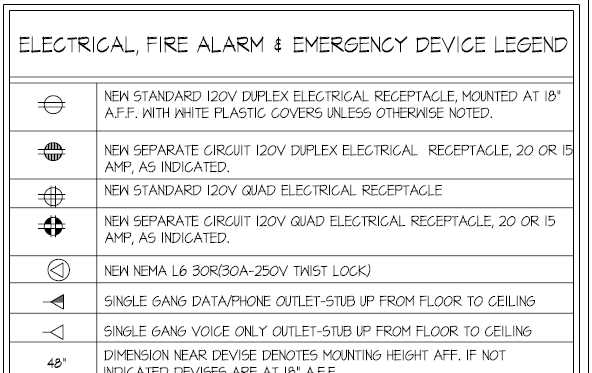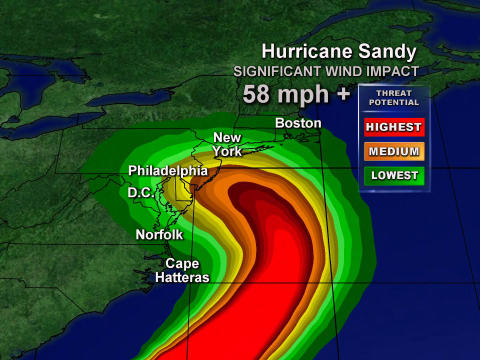“I’m too hot! I’m too cold!” Does your office resemble both a tropical island and a tundra on the same floor?
Do the thermostats around the office seemingly do nothing? Is one cube-mate decked out in a down jacket pecking away at their keyboard through gloved hands while their colleague in the next cube is ready to sip Piña Colada’s wearing light clothing? In fact, one of my colleagues called me the Polar Bear because I seemed immune to cold offices while she wore ear muffs. And often the manager’s answer to your chattering lips is to simply dress warmly.
Annual surveys by the International Facilities Management Association (IFMA) find thermal comfort issues, too hot and too cold, as the #1 and #2 office complaints. It is an office manager’s, landlord or facility manager’s Achilles Heel. And with winter approaching, complaints only grow louder.
Abraham Lincoln once wisely said, “You can please some of the people some of the time, but you can’t please all of the people all of the time.” Facility Managers know this quote all too well. Go easy on the Facility Managers; they often have little control due to system design, building insulation and a host of other factors beyond their control. So while you’re complaining it’s too cold in your area, others may be complaining it’s too warm. It’s a lose-lose situation and a never-ending struggle that puts the facility or office manager in an untenable position that often leads to the quip “dress warmer”. Nobody wants to hear that answer, but often, it’s the only one.
To appreciate the difficulties of thermal comfort is to understand HVAC systems and how they contribute to such problems. Unfortunately, simple adjustments to thermostats do not necessarily solve the complaints because if they did, complaints would not be such a common issue. In reality, well-intentioned, but improper, system adjustments made to address thermal complaints often leads to system imbalances and poor air flow which often lead to more widespread thermal complaints.
Have you tried to turn the office thermostat up to 80° F but see no change in air temperature? That’s because most landlord controlled systems are pre-set to a certain temperature, but do allow the thermostats to be adjusted about +/- 3 to 4 degrees. Further, many systems are regulated by a BMS or Building Management System which is a computer HVAC system controlled by building management that monitors and adjusts the system automatically based on environmental conditions at each sensor.
For most individuals, comfort can be maintained when the following conditions are met in the office:
• Air temperature between 71° F +/- 2 degrees
• Relative humidity between 30 – 60%
• Maximum air flow of 50 fpm (cooling) and 25 fpm (heating)
• A 5 F. maximum temperature gradient from the floor to 6 foot level
Many factors influence thermal comfort including temperature (inside and out), time of day, radiation (sun load), humidity, air movement, vertical and horizontal temperature differences, temperature drift, fresh air %, personal activity and clothing. Temperature, temperature drift, and humidity factors are often controlled by building system adjustments. Radiation, or solar window loading, is easily controlled by window treatments such as blinds and curtains. Air movement and air distribution, however, are areas that are commonly overlooked which, when not properly adjusted can cause thermal discomfort.
One frequent cause of drafts in offices is known as “cold air dumping” and will result in employee thermal complaints. Air is generally delivered to office spaces via ceiling diffusers or grills which have deflectors that mix supply air with the room air usually at about the 55 F. to 60 F. range. When the outlet discharges air directly parallel to and against the ceiling, the air then tends to flow along the ceiling, gradually mixing with the room air. The supply air temperature warms and slows as it is delivered to the occupied space. Employees in close proximity to each other could experience different perceptions of personal comfort with co-workers several feet away.
Another common issue is “cold air bounce.” This occurs when walls or obstructions are placed too close to supply air outlets. This often occurs following office re-stacking or when partition walls are moved but the HVAC system was not modified with the new design. Cold air from the diffuser strikes the obstruction and dumps down onto a nearby work station causing discomfort.
What can be done to correct such problems? Check with your building engineer if the VAV box, diffuser pattern, temperature sensors need calibration.
The following actions may be quite successful in quickly controlling office thermal discomfort:
1. Assure there are no drafts exceeding or 50 fpm for cooling or 25 fpm for heating in the areas of complaint.
2. Place a temperature – relative humidity data logger alongside a thermal comfort chart in a visible position in area of complaint.
3. If the chart indicates that the environment is within range, show the results to those concerned. The occupants will most often accept the results and adjust appropriately.
4. If the chart results are outside the criterion, the system can then be objectively adjusted.
If employees still experience thermal discomfort, consider having the system balanced by the HVAC contractor.
Additionally, warm early spring days, before the chiller system is on, can make interior spaces very warm. Likewise unseasonably cool fall days before the heating system is fully on line will make offices cold. The weather can be fickle during these transitional seasons, so be patient.
Many people ask why their office can’t stay the exactly same temperature throughout the whole day? No heating or cooling system today can achieve a constant temperature all day long. Even newly constructed spaces will fluctuate around a mean target value. The size and use of a space are important considerations. Physical location of the space, size, number of occupants and amount of heat generating technology also play a role. An office with southern exposure will likely get warmer in the afternoon than a north facing office.
So when the office or facility manager says out of exasperation “dress warmer”, remember Abe Lincoln’s quote and understand that in most instances everything has been done within their ability to please everyone.
Discover more from Helping NYC & Long Island Commercial Tenants, Owners, and Developers
Subscribe to get the latest posts sent to your email.






This is just another rationalization for over powered HVAC systems that blast cold air at office occupants. Our office was just fine until operations came in and “adjusted” it. Now we all have to wear extra layers while the operations people insist that the system is now up to spec and we just have to get used to it. If employers cannot provide a comfortable work environment then they should allow their staff to work from home.